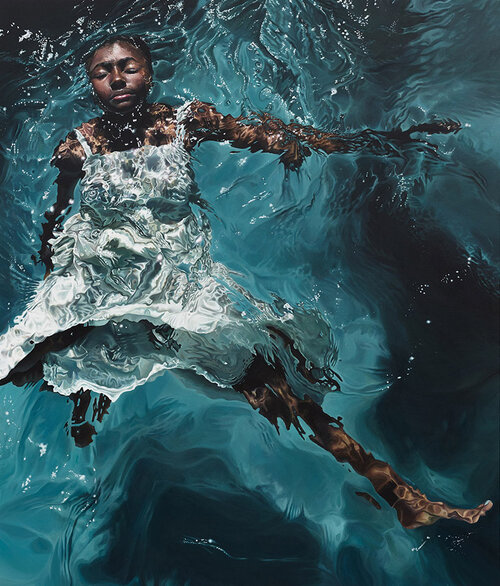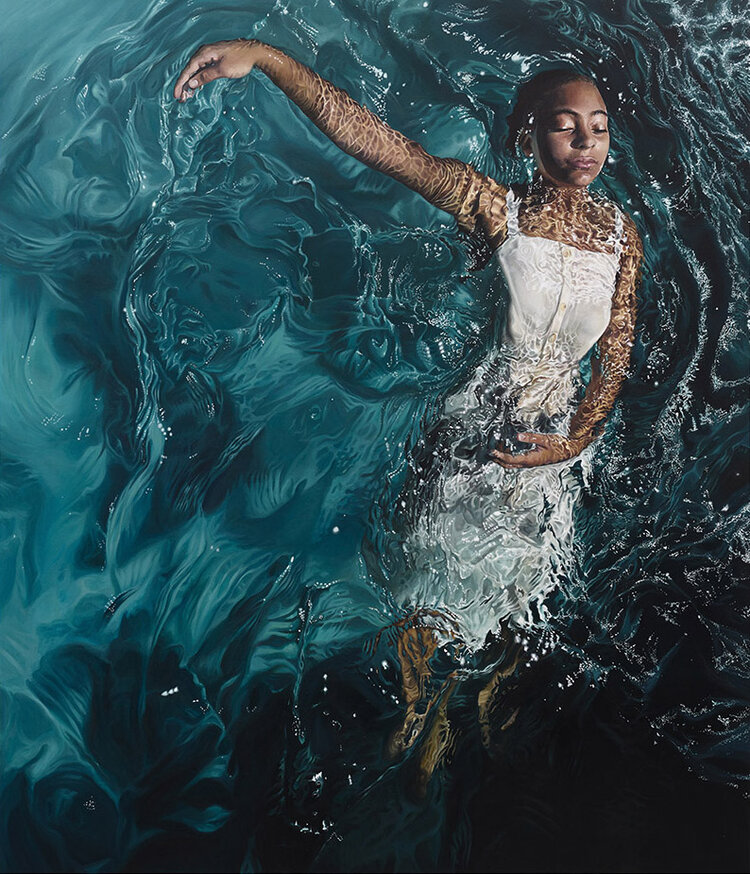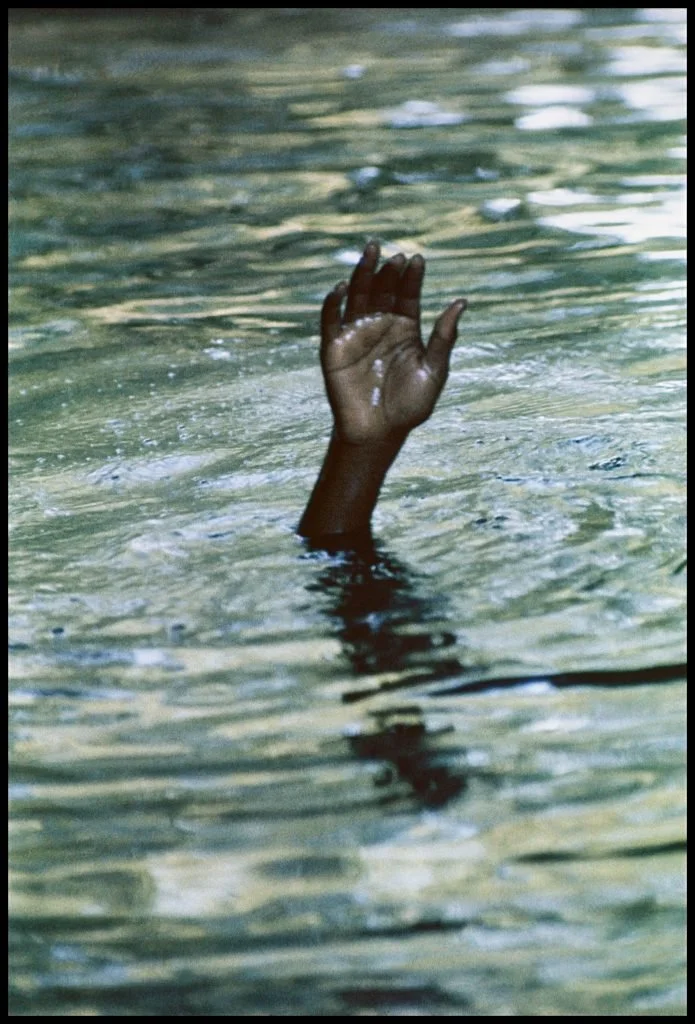The Work of Igi Lola Ayedun
The Work of Igi Lola Ayedun

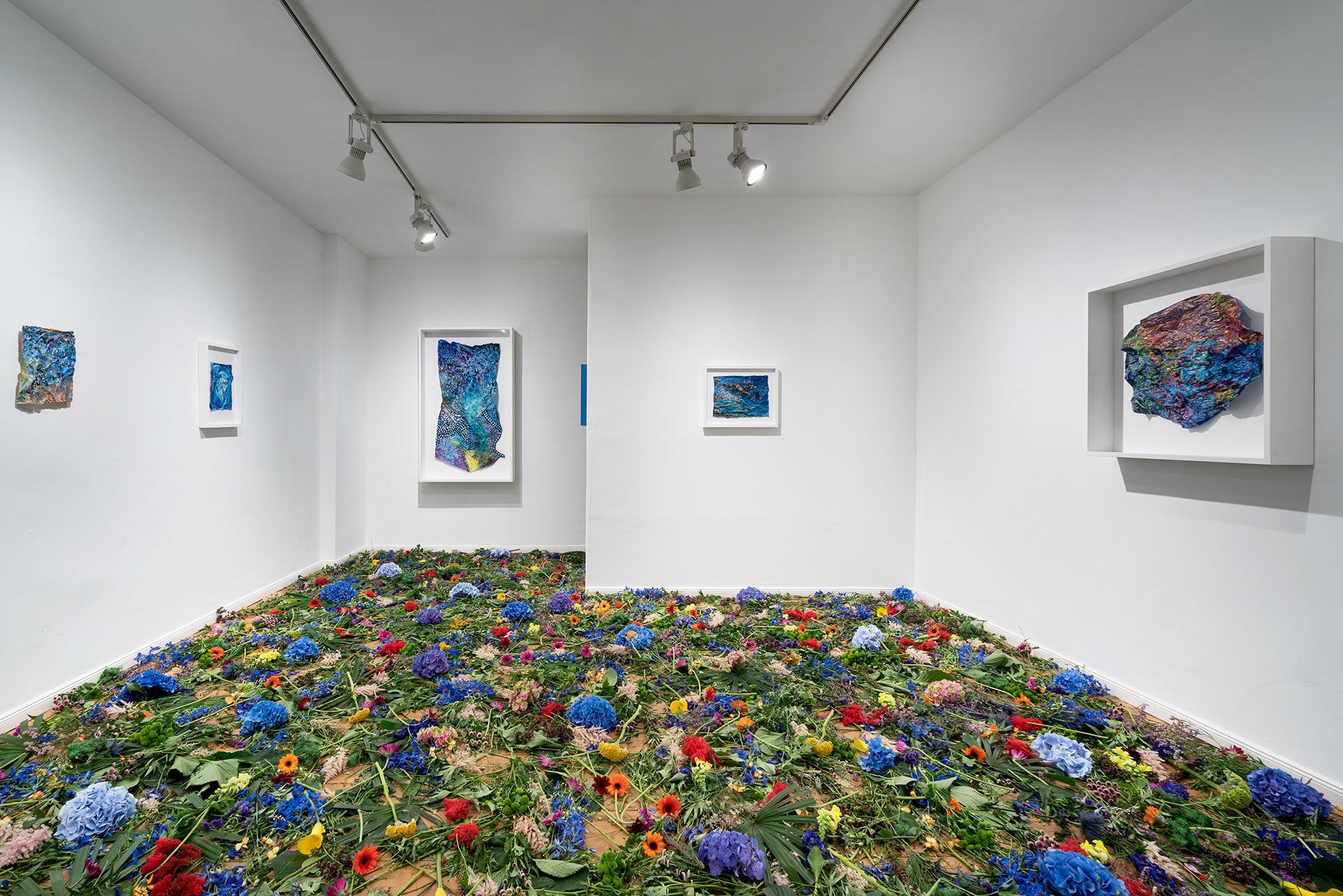
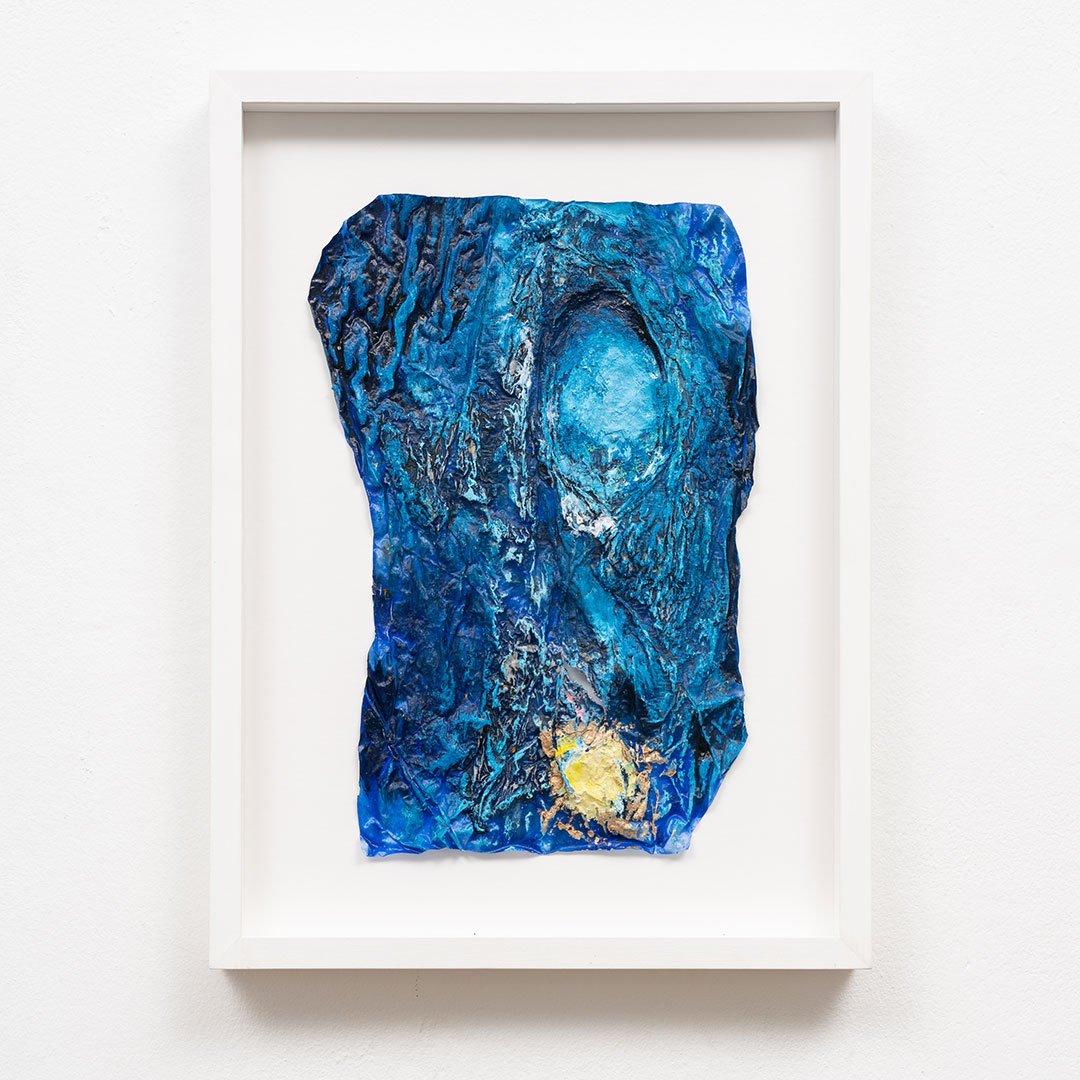



Igi Lola Ayedun exhibits for the first time in Germany at WESERHALLE with her solo show “Woman of colour y otros clichés”. The Brazilian artist delves into her study of the colour blue with a new series of paintings recently produced in São Paulo.
A digital retinal scan taken from Ayedun’s own eye has been used as a starting point for this body of work, creating abstract forms that guide us through foreign galaxies. Entering the exhibition the viewer is submerged in a world of Ultramarino and Indigo blue in which the different textures of the paintings recall forgotten ancestral knowledge combined with the ability of envisioning new futures.

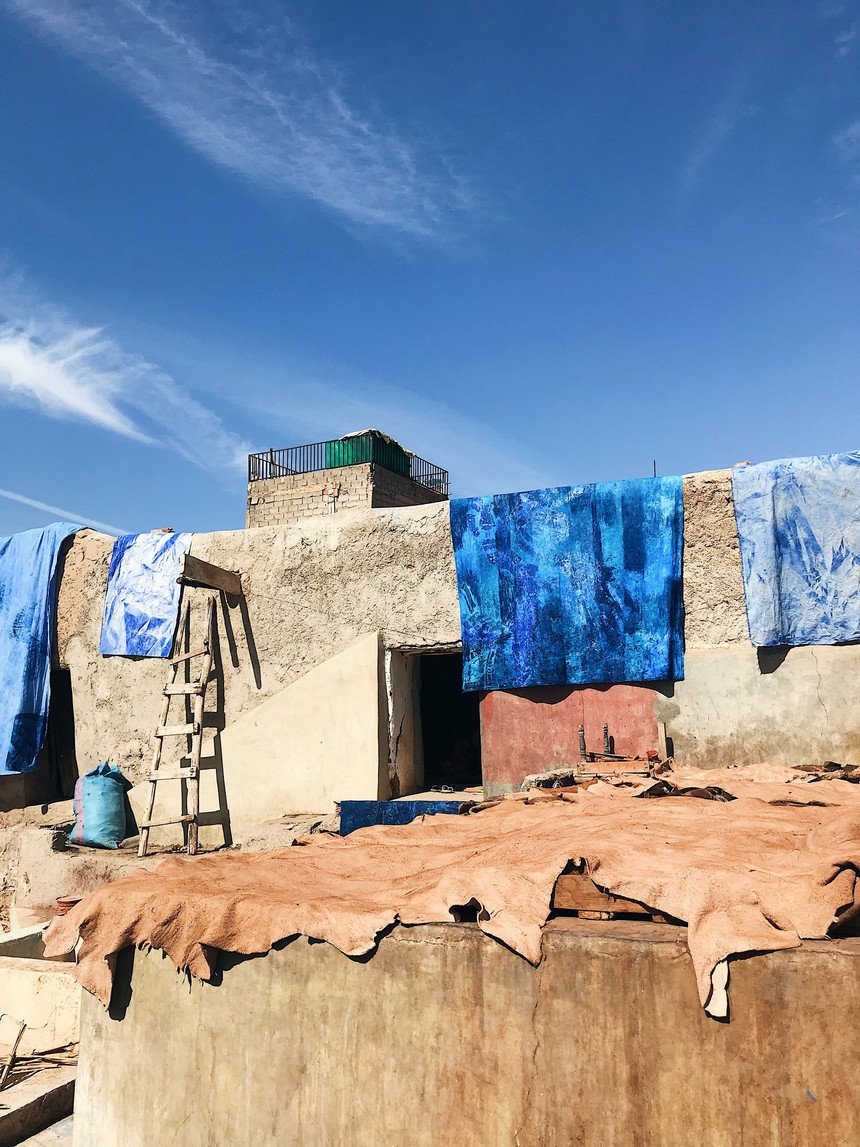
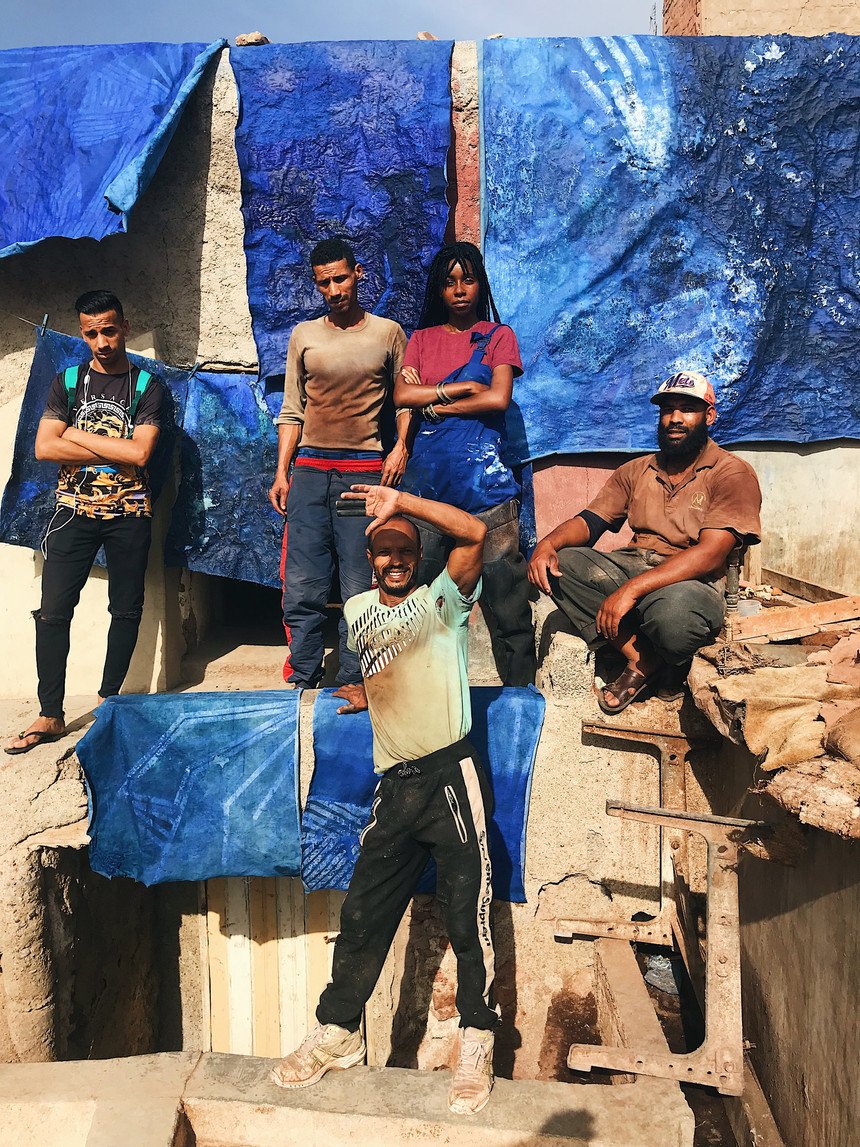


"Estive presente em testemunho"
[I was present in testimony],
at Etopia: Centro de Arte y Tecnología
“Over the years, I ended up structuring my research based on elements that predate colonialism in the Americas in order not only to get closer to my genetic history, but also to build other imaginary references of what makes up my existence. Through this, I arrived at the universe of organic and mineral painting in addition to the relationship that nature has with the arts, especially when we talk about these territories. Thus, when I learned to look at Indigo and Lapis-lazuli – the two key elements of the construction of my work – I understood through these materials and nuances a testimony of a large part of the history of humanity invisible in the studies of the history of Western art. Testimonies that report not only aesthetic constructions, but chronologies that range from data on economics and organization of nations to pillars of non-Western mythology that shaped many of the world’s cultural values. I also think that in addition to all the richness of knowledge that I discover every day as I develop my work, this journey has a lot to do with identity processes and with the foundations of my being. It’s more than searching, enjoying, going crazy or loving the blue world. I am blue, this is my ancestry, this is my story.”





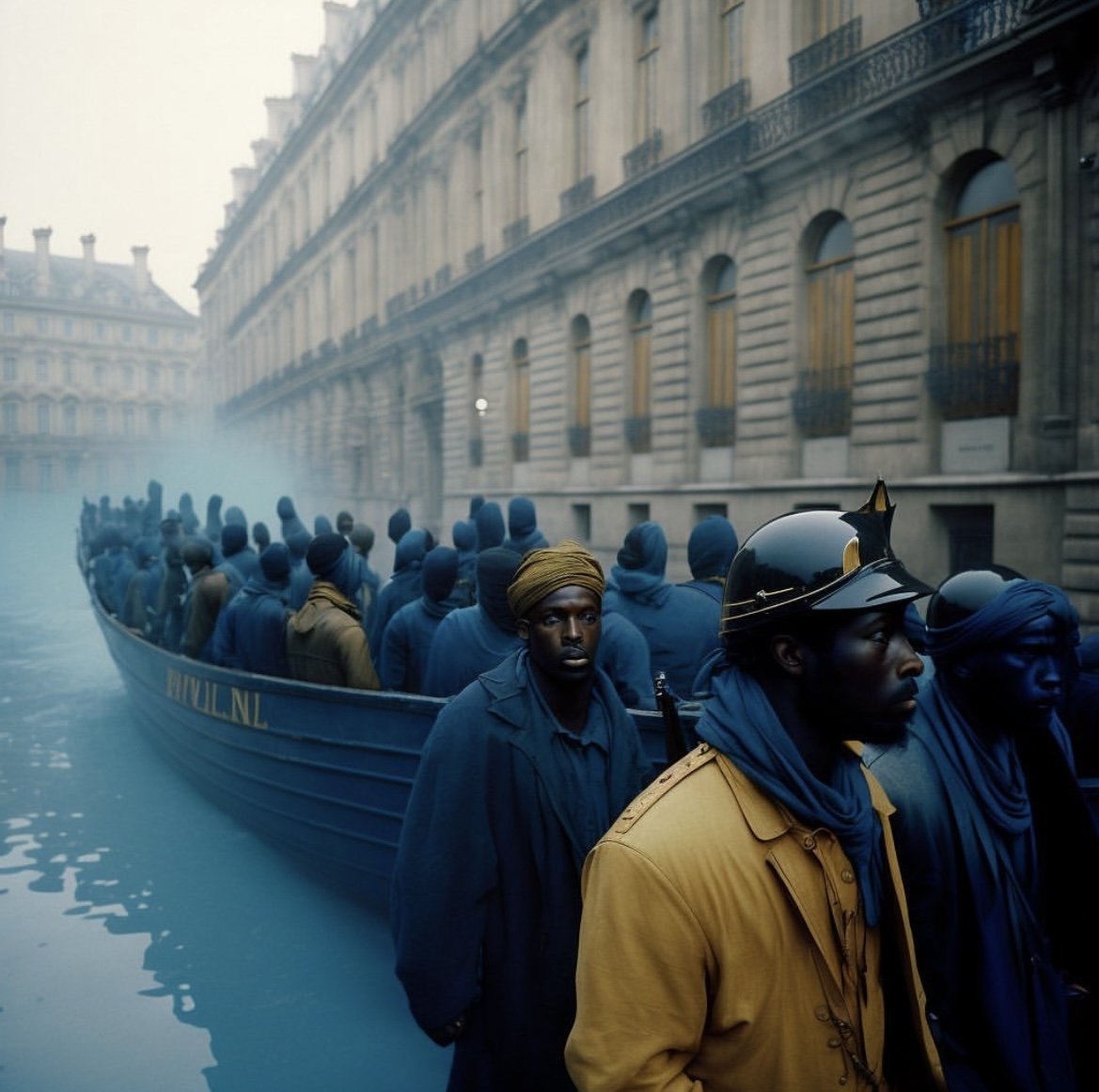

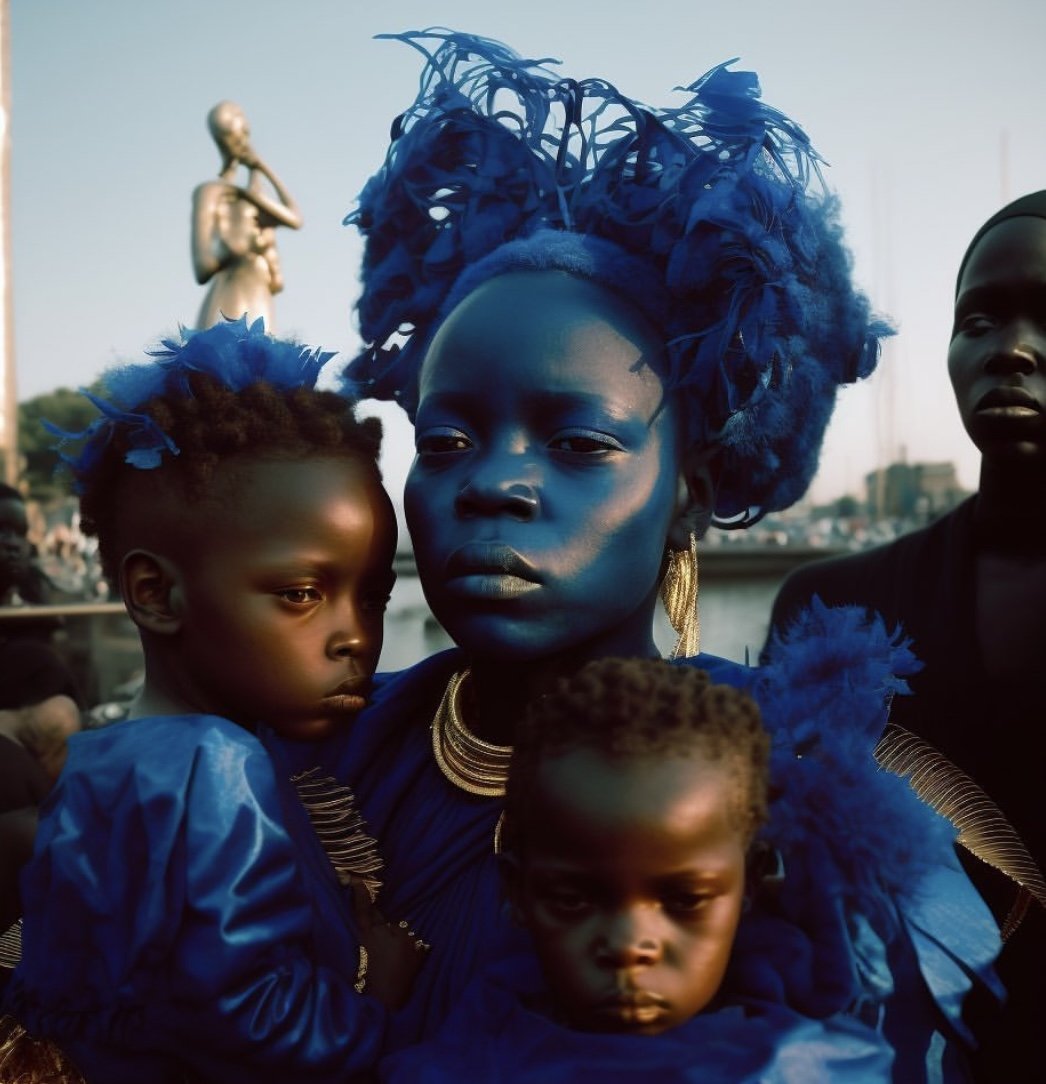

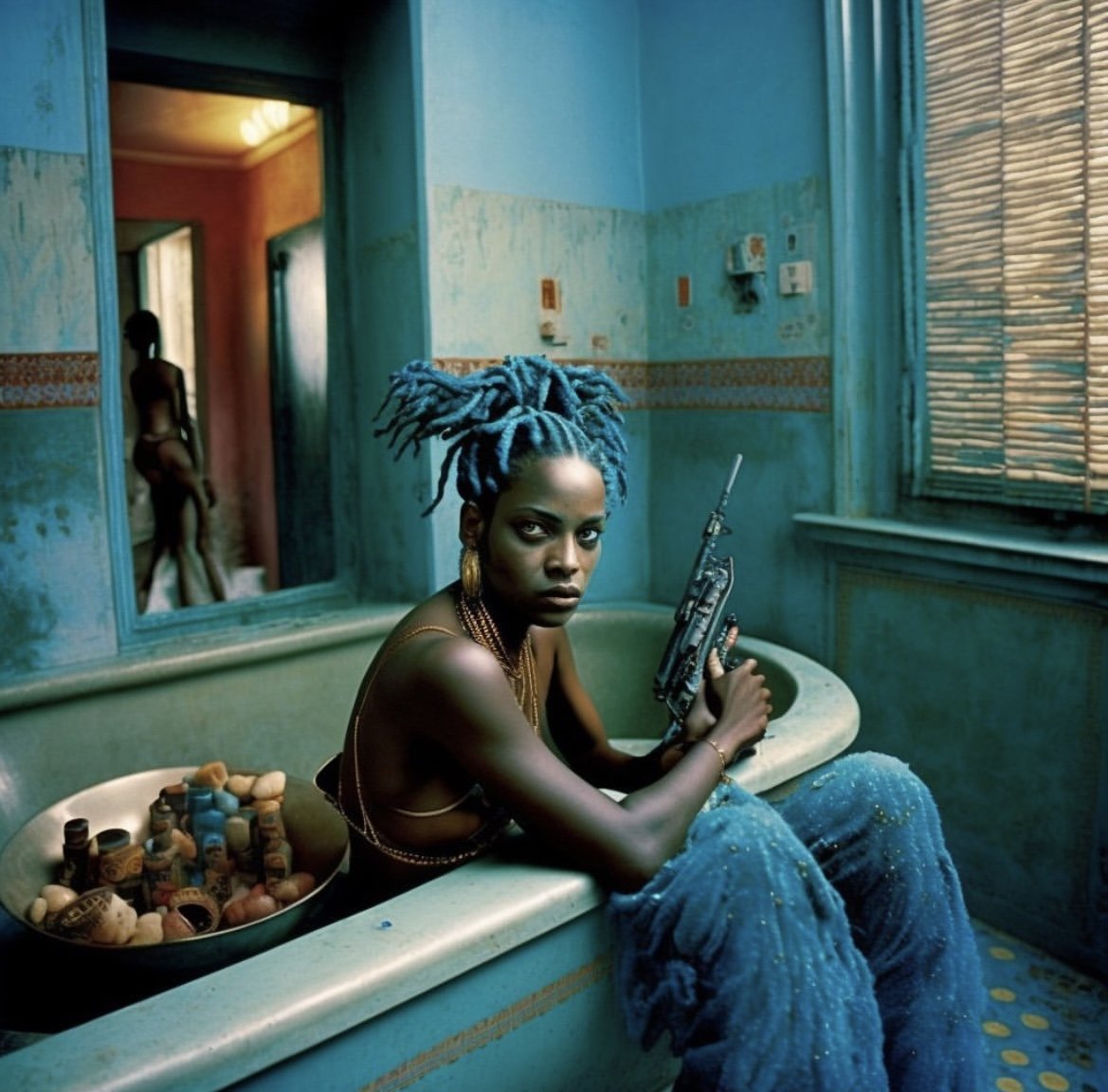
"Eclosão de um Sonho, Uma Fantasia"
[Eclosion of a Dream,
A Fantasy ],
AI Generated Images
…Or, simply, images? Or, finally, to affirm that technology has developed such an expanded and hybrid place among the attributes of the visible to the point that we live in an era of non-binary morphic collisions that produces another visual materiality, post-simulacrum, post-technical reproducibility, post-collage, post-mixing, is no longer such a distant thing to think about?
In walking through this fortress of possibilities, the values and impacts of the iconographies of organization (or disorganization) of the present time are refuted, just as the destiny of our identities, the narrowing of the mesh between future and past, and the role of the power of narrative in what is seen, seen and perceived. I have been dreaming for a long time about images that I have never seen.

A Dream for My Lilith
Calida Rawles

A Dream for My Lilith expands on the legacy of Lilith, the mythological figure deemed the first wife of Adam, towards the notion of liberation and strength held in the bodies of black women and girls. Lilith is repositioned from a malevolent spirit at the antithesis of womanhood to a sovereign being who drifts in a realm of therapeutic possibilities. Influenced by contemporary black writers, like Claudia Rankine and Roxane Gay, and their approach to intersectionality, Rawles creates expansive visions of serenity in today’s turbulent times. Insisting upon the triumph of humanity, while also contending with anti-black violence/trauma, Rawles allows for Lilith to surface as a source of inspired rebellion. Floating on ripples of cerulean and washes of deep cavernous blue, Rawles’ portraits envision black women in gowns of ivory floating in masses of unnamed water that nearly exceed the curb of the canvas. This non-place of water harbors moments of leisure and sensual delight along with spiritual relief and kinship. Water, with its historical connection to black suffering through Middle Passage and Jim Crow legislation, is also the architect of black serenity in escape and spiritual cleansing and is everpresent in Rawles’ paintings. Strokes of acrylic create textures of deep movement where figures sink and float within the canvas surface. At the same time, their gestures suggest the possibilities of peace in the face of uncertain bodies of water. Rawles works towards the allegorical potential of water and its boundless pursuits offering a new space for black healing.
A Dream for My Lilith is exhibited in two parts. The main gallery consists of Rawles’ portraits of women and girls drawn from her life. The project room highlights a series of studies done for Ta-nehisi Coates’ The Water Dancer (2019). Together these works regard water as a vernacular which can carry a commitment to both black belonging while signaling water’s tumultuous prospects.
"Untitled"
GORDON PARKS
